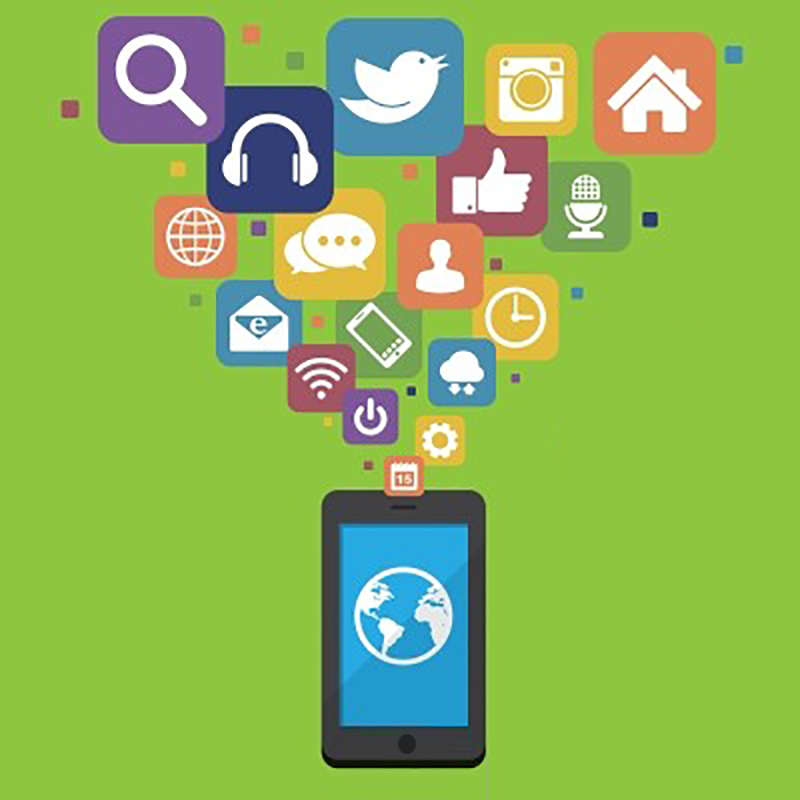Fact: mobile Internet is way more expensive than a home or office connection. Why is this the case? In Australia, for example, mobile broadband is estimated to be hundreds of times more expensive compared to fixed-line broadband. Aren’t Internet connections connected to the same satellites and transmission towers? There are wireless and LTE plans being offered at rates similar to wired DSL connections. Isn’t mobile Internet just the same as these wireless services?
Before your curse your service provider and accuse of extreme profiteering, go over the following reasons that explain the difference between fixed Internet and mobile Internet service connections:
- Copper is just better and way more efficient in transmitting data as compared to air. Mobile Internet connections are of course provided through wireless signals, which are in no way comparable to the efficiency of making data travel through copper wires.
- Wireless mobile Internet connectivity is relatively new compared to wired ones so the infrastructure is not as established. Many companies are still newly investing in their wireless Internet infrastructure or have limited infrastructure to support multiple users. Infrastructure costs are always reflected in the pricing of services so it’s understandable for companies to charge more for services they provide using limited infrastructure or newly built infrastructure.
- Wired Internet connection can use already deployed lines like the telephone or cable lines used in providing DSL services. With mobile Internet, there’s the need to invest in new facilities. In the case of some companies, they may have to pay to use the wireless facilities of other companies if they are unable to invest in their own infrastructure yet.
- Companies that provide mobile Internet services have to pay for spectrum and base station costs. These costs don’t exist in wired broadband services. These are unavoidable costs and are logically passed on to consumers.
- Maintenance costs associated with the new line of services (mobile) also have to be factored in. These are not the same costs that go with fixed line connections. There’s new technology and equipment involved. Of course, it’s only logical for businesses to reflect these costs on their service pricing.
For now, consumers just have to accept the fact that mobile Internet is really going to cost significantly more. There are also things that can be done to make the most of your mobile service plan. Consider the following tips:
- Minimize the use of mobile data service. If you are in your home or office, be sure to switch to Wi-Fi connections when local broadband service is available. Again, mobile data is inevitably more expensive so it’s only logical to use it only when it’s necessary.
- Track your data usage and learn to prioritize. Do an estimation of how much mobile data you get to consume every month. Compare this to the plan you have and come up with a priority list. To avoid going beyond your monthly mobile data allowance, limit your mobile data use to important activities like emails, web browsing, and social media (with minimum media streaming). Do video watching and online music streaming only with your home or office connections.
- Make sure that your apps don’t automatically update or if they do, they should be set to update only when your device is connected to a fixed line connection. Use the data control features of your device. Android has a convenient feature that allows you to set a mobile data limit, which can disable all mobile data communications once you reach a specific number. iOS also has a similar feature called Data Sense. Similarly, Windows has something that allows you to take control of your mobile data usage. If you are not comfortable using these OS-integrated features, you always have the option to install third party apps that can help you with your mobile data usage control.
- Deactivate or uninstall apps you are not using. Many apps still connect to the Internet even if they are not being used. It is advisable to just get rid of them.
- Make sure that your device is not infected by adware, spyware, or malware. These unwanted malicious software on your mobile device can connect to the Internet and use your data connection without you knowing. Be aware of the signs of malware infection in your mobile device.
- In general, it makes better sense giving preference to native apps over web-based services. Most of the time, apps consume less bandwidth than their web-based counterpart. Web services like Twitter and eBay, for example, eat up less bandwidth when accessed through their native apps instead of accessing them through their websites. Apps are also more responsive compared to their web-based counterparts.
Until mobile Internet technology matures into something more efficient that it can rival wired connection efficiency, you have to accept that mobile Internet will be more expensive. Perhaps your only way to enjoy the same rate as a home LTE or wireless Internet connection while going mobile is taking your home LTE or wireless Internet modem/router with you (provided it has built-in Wi-Fi). You can then use them as your mobile access point. These routers usually work as long as you are in the same region. You just have to plug them to a 12-volt battery and you can have mobile Internet at a lower cost. It’s not a convenient setup but a good idea for cheapskates.

